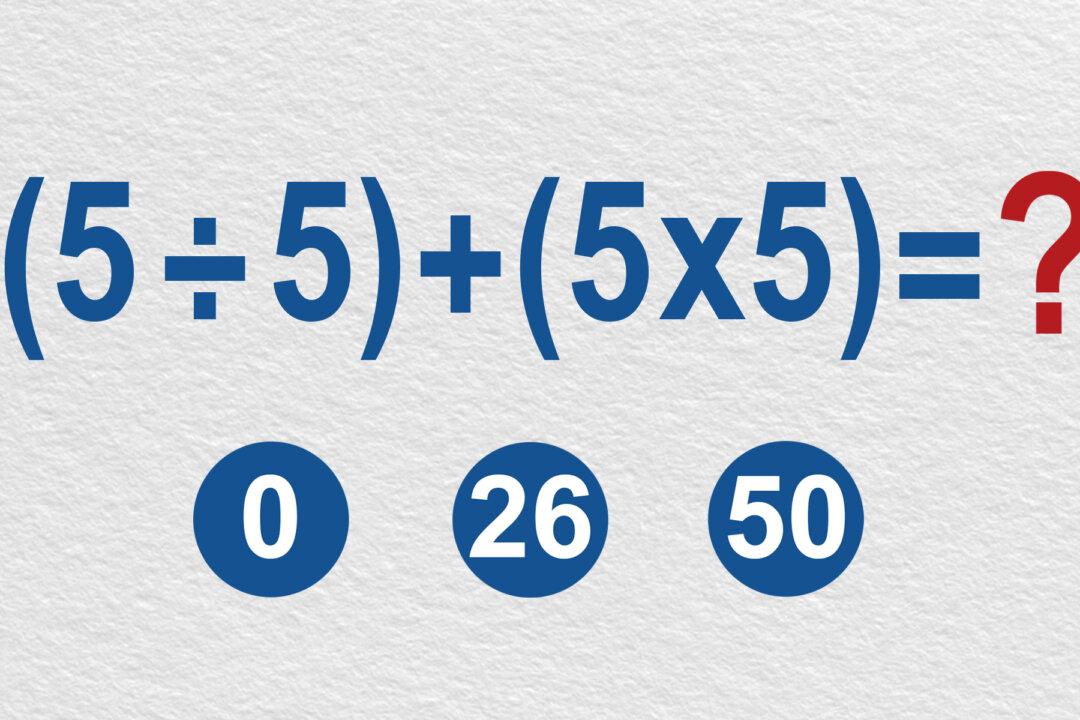If you fancy yourself as pretty good at math, here is a challenge for you. This equation is straight out of a junior high text book, and yet many students and even some teachers may struggle to solve it.
Take a look at the equation below. Maybe the format looks familiar, maybe it doesn’t, but take a moment to figure out the solution. There’s one firm rule: no calculators!





